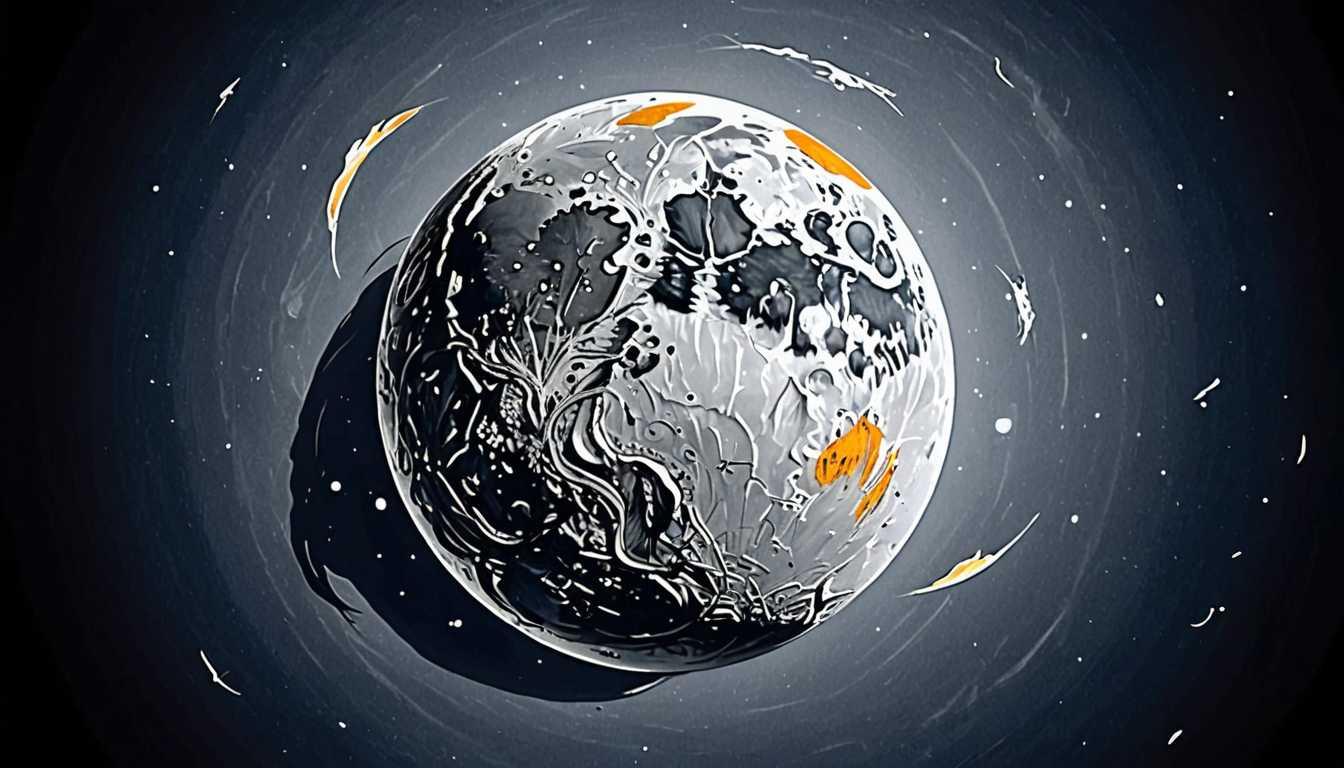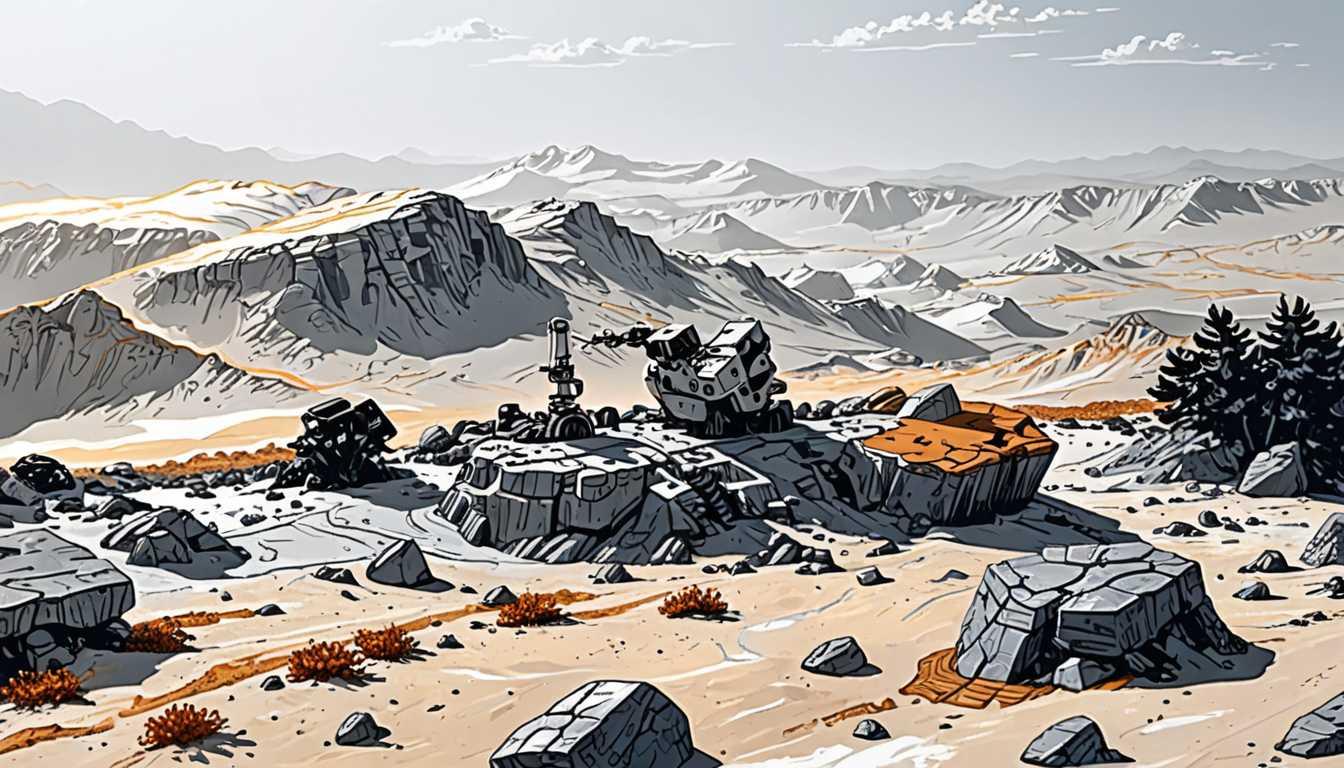Clouds' Icy Secrets Unveiled
August 2023
Stanford University
Introduction
Dive into the chilly world of clouds with Stanford University's latest scoop: How clouds make ice. Discover the frosty secret behind those fluffy sky dwellers, involving supercooled water droplets and a process so cool, it's literally freezing - but not in the way your freezer does it. Scientists have used fancy X-ray lasers to uncover a frosty phenomenon that's shaking up our understanding of clouds and climate. Ready to chill with some cool science facts?
READ FULL ARTICLEWhy It Matters
Discover how this topic shapes your world and future
Chilling Secrets of Cloud Ice Formation
Imagine looking up at the sky and seeing a cloud. Seems pretty ordinary, right? But what if I told you that every cloud holds a fascinating secret about how ice forms in supercooled water droplets, a process that not only affects our climate but also challenges our understanding of physics? This topic delves into the complex, rapid freezing process happening in clouds, which scientists are eagerly trying to understand. It’s like uncovering a mystery in the sky that could help us better predict weather patterns and understand climate change. For you, this could mean understanding the science behind the weather forecasts you check before planning your day or the bigger picture of how these processes affect global climate trends. Plus, it’s a cool (pun intended) example of how even the most ordinary-looking things in our daily lives are subjects of cutting-edge scientific research.
Speak like a Scholar
Supercooled water droplets
Water droplets that have been cooled below the freezing point but haven't turned into ice yet.
Secondary ice production
A process where the freezing of some droplets in a cloud can trigger the freezing of surrounding droplets, rapidly turning water into ice.
X-ray diffraction
A technique where X-rays are shot at a sample, and by examining the pattern they make when bouncing off, scientists can figure out the arrangement of atoms or molecules.
Crystalline arrangement
A highly ordered structure of molecules in a crystal, where molecules are arranged in a repeating pattern.
Hexagonal crystal
A type of crystal structure where the molecules are arranged in a hexagon shape, common in ice crystals.
Predictive model
A scientific model that can predict future events or behaviors based on current data and understanding of processes.
Independent Research Ideas
The role of supercooled droplets in weather phenomena
Investigate how supercooled water droplets influence weather events like hailstorms or the formation of snowflakes. This could unravel some of the mysteries behind the unique patterns and shapes of snowflakes and their impact on local weather conditions.
Environmental impacts of cloud freezing processes
Explore how the rapid freezing of clouds affects Earth's climate system, particularly in terms of reflecting sunlight back into space. This study could contribute to our understanding of how clouds help regulate the planet's temperature.
Comparative study of freezing processes in different fluids
Look into how the freezing process in supercooled water droplets compares to that in other fluids under similar conditions. This could open up new insights into the physics of phase changes in various materials.
Technological applications of understanding ice formation
Investigate how insights from the study of ice formation in clouds could be applied in technology, such as improving the efficiency of freeze-drying processes in food preservation or pharmaceuticals. This could lead to innovations in industries relying on freeze-drying techniques.
The impact of pollution on cloud freezing processes
Examine how air pollution affects the process of ice formation in clouds. This research could reveal important connections between human activities, cloud behavior, and climate change, offering a new perspective on environmental protection strategies.
Related Articles

Lasers, Ice, and Earth’s Ancient Secrets
August 2023
MIT Technology Review

Io's Eternal Volcanic Waltz
April 2024
California Institute of Technology

Io’s Volcanic Secrets: New Telescope Images!
June 2024
UC Berkeley

Galaxy Formation Unveiled: The PJ0116-24 Revelation
July 2024
Cornell News Highlights

Unraveling Mars: Where Did the Atmosphere Go?
October 2024
MIT News